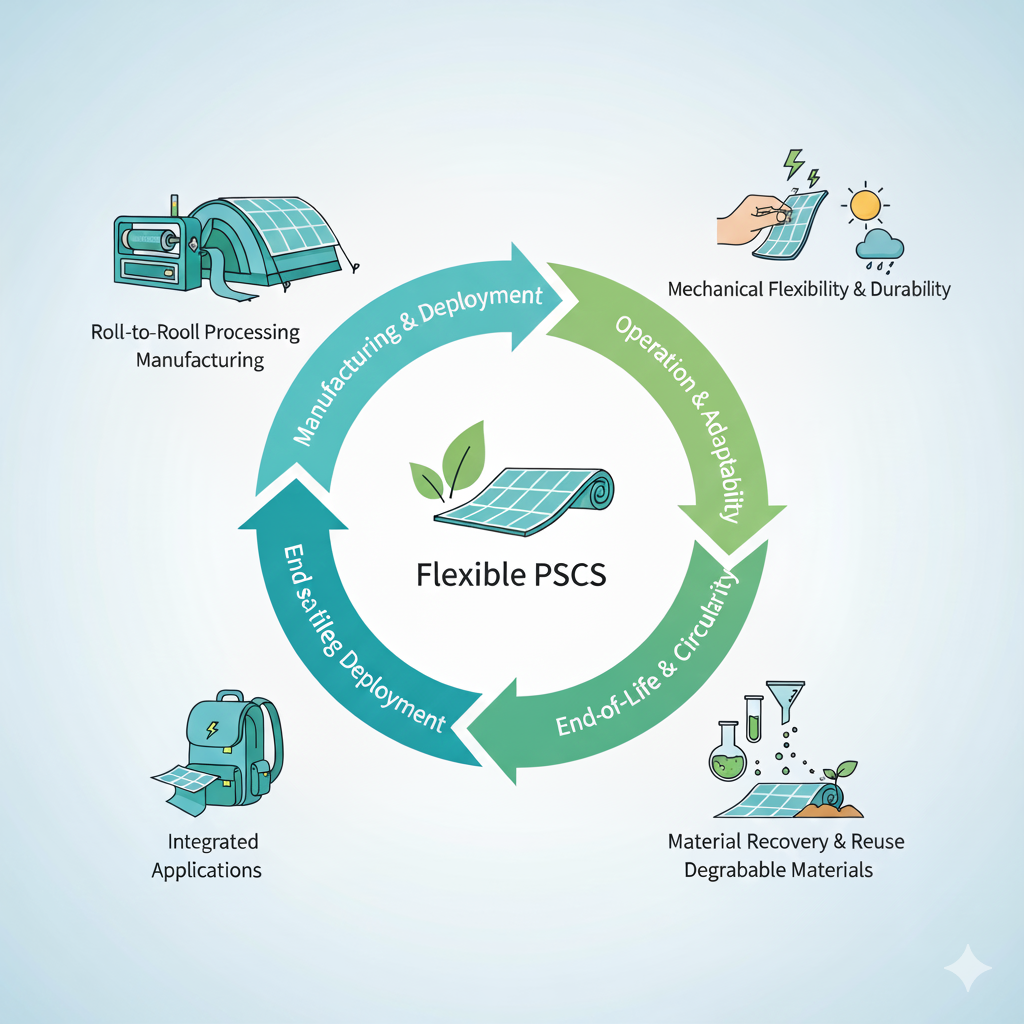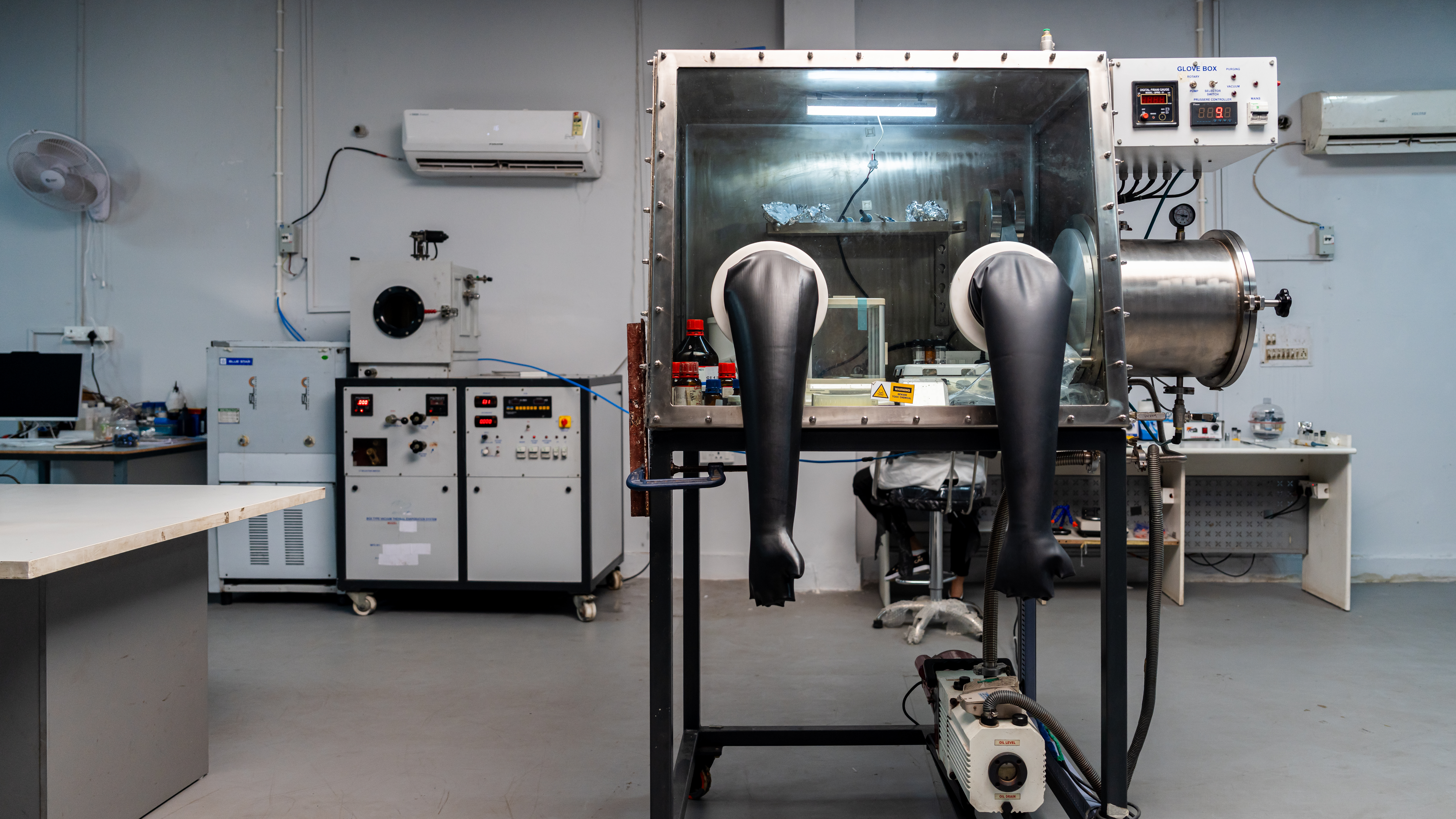Perovskite Solar Technology: A Game Changer
Perovskite solar cells are an advanced photovoltaic technology known for high efficiency, low production cost, and adaptability. Unlike traditional silicon cells, perovskite materials can be processed at low temperatures and deposited on a variety of substrates, opening doors for innovative solar solutions.
Flexible Perovskite Modules: The Next Step
One of the most significant advantages of perovskite technology is that it can be coated on flexible substrates such as plastics or ultra-thin glass. This makes the modules:
- Lightweight: Minimal impact on overall vehicle weight.
- Flexible: Can conform to curved surfaces like vehicle roofs or cargo boxes.
- Thin and Portable: Ideal for mobile energy solutions.
This flexibility makes perovskite solar modules a perfect fit for transportation and mobility applications.
Why SEVs Need Flexible Solar Solutions
Solar Electric Vehicles (SEVs) integrate solar panels to assist or partially charge the vehicle battery, reducing dependency on grid-based charging. For commercial EVs like Tata Ace, where every extra kilometer matters, on-vehicle solar charging provides:
- Extended Range: Generates energy while driving or parked.
- Lower Operational Cost: Reduces charging frequency and grid electricity usage.
- Energy Independence: Perfect for rural or semi-urban routes with limited charging stations.
Traditional silicon panels are heavy and rigid, making them unsuitable for vehicles. Flexible perovskite modules solve this problem, enabling seamless integration without compromising design or aerodynamics.
Our Tata Ace Project
At P3C Technology and Solutions Pvt. Ltd., we are implementing flexible perovskite modules on Tata Motors’ iconic Tata Ace EV (Chota Hatti). This solution aims to:
- Install flexible perovskite panels on the EV roof and cargo surface.
- Provide continuous solar charging support, improving operational efficiency.
- Demonstrate scalable technology for green logistics and last-mile delivery.
Looking Ahead
Flexible perovskite technology is more than just an innovation—it is a strategic enabler for sustainable mobility. By integrating solar power into EVs, we can significantly reduce the carbon footprint and operational cost, paving the way for clean, independent transportation systems.



